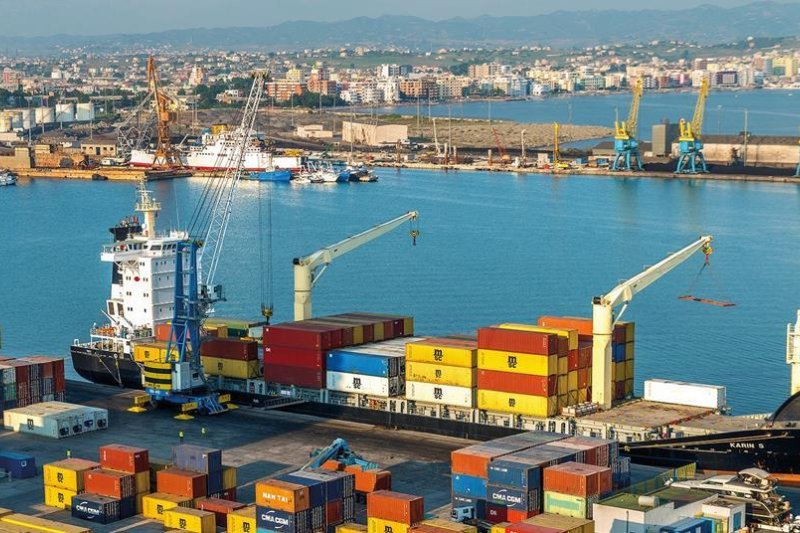GDP Growth Slows to 3.6% y/y in Q1
Albania's gross domestic product (GDP) grew by an annual 3.63% in the first quarter of 2024, after increasing by 3.8% in the fourth quarter of 2023, the country's statistics office, INSTAT, said.
On a quarterly comparison basis, Albania's economy advanced by 1.02% in the January-March period, the statistical office, INSTAT, said in a quarterly report on Monday.
The main contributors to the country's yearly economic growth were construction, which contributed 1.19 percentage points (pp) to the GDP, public administration, education, and health, with 0.92 pp, and trade, transport, accommodation, and food services with 0.76 pp. Albania's GDP grew by an annual 3.44% in 2023, after increasing by 4.84% in 2022.
The Albanian economy suffered a decline in the two most important sectors of employment, the agricultural sector as well as manufacturing, while it recognized growth in the construction sector, real estate, and the public sector.
Agriculture has been stagnant throughout 2022 and for most of 2023, while in the last two quarters, it has fallen by 3.04% and 1.73%, respectively. An economic sector is usually considered to be in recession if it has two consecutive quarters of decline.
The other important sector, that of manufacturing, which includes the fashion industry and employs tens of thousands of mostly poor Albanians, fell by 6.75%. The industry sector as a whole, which also includes heavy industry, mining, or electricity, suffered a more moderate decline of 1%.
On the other hand, the construction sector grew by 14% while the public administration grew by almost 8%. The real estate sector grew by 5.9%. The service sector, which includes tourism, grew by 4.63%.
The Albanian economy has already known two-speed growth, where the construction and real estate sectors have experienced strong growth, while agriculture and industry have experienced decline and the services sector, slow growth.
According to the Bank of Albania, the economy is still in a positive phase of the business cycle. This assessment is supported, among other things, by the reports of businesses on the increase in the utilization of their productive capacities and by the positive developments in the labor market. New data from this market prove the acceleration of private sector wage growth – to 12.7% in the first quarter – and their continued growth in the public sector. The increase in wages and the progressive decrease in inflation have supported the disposable income of families and increased their purchasing power.













